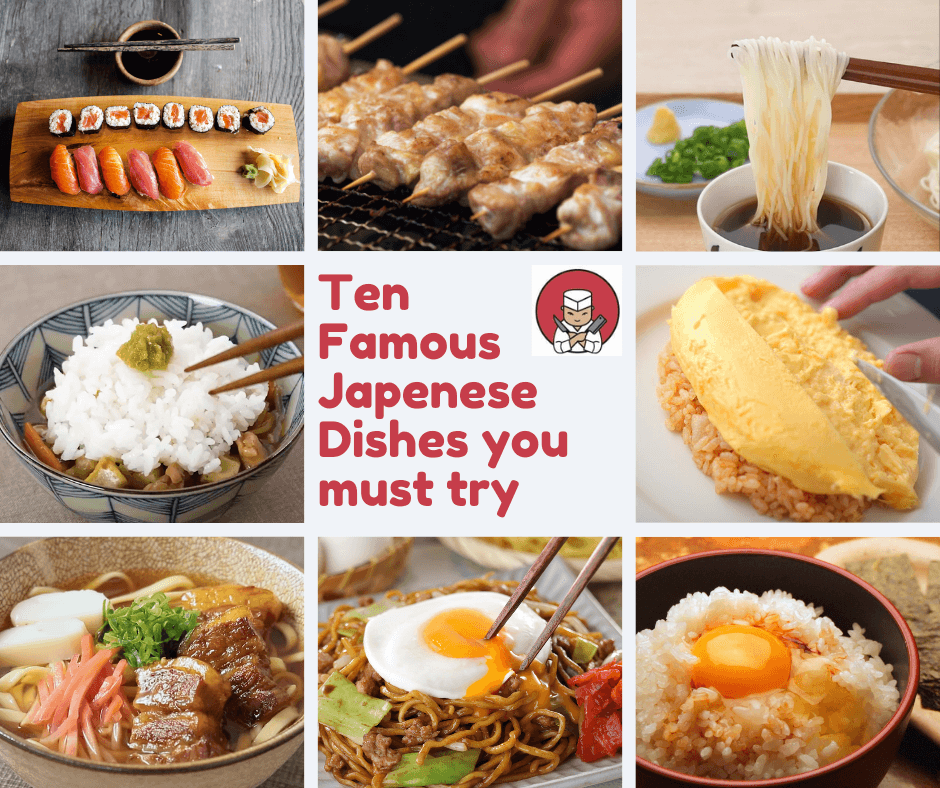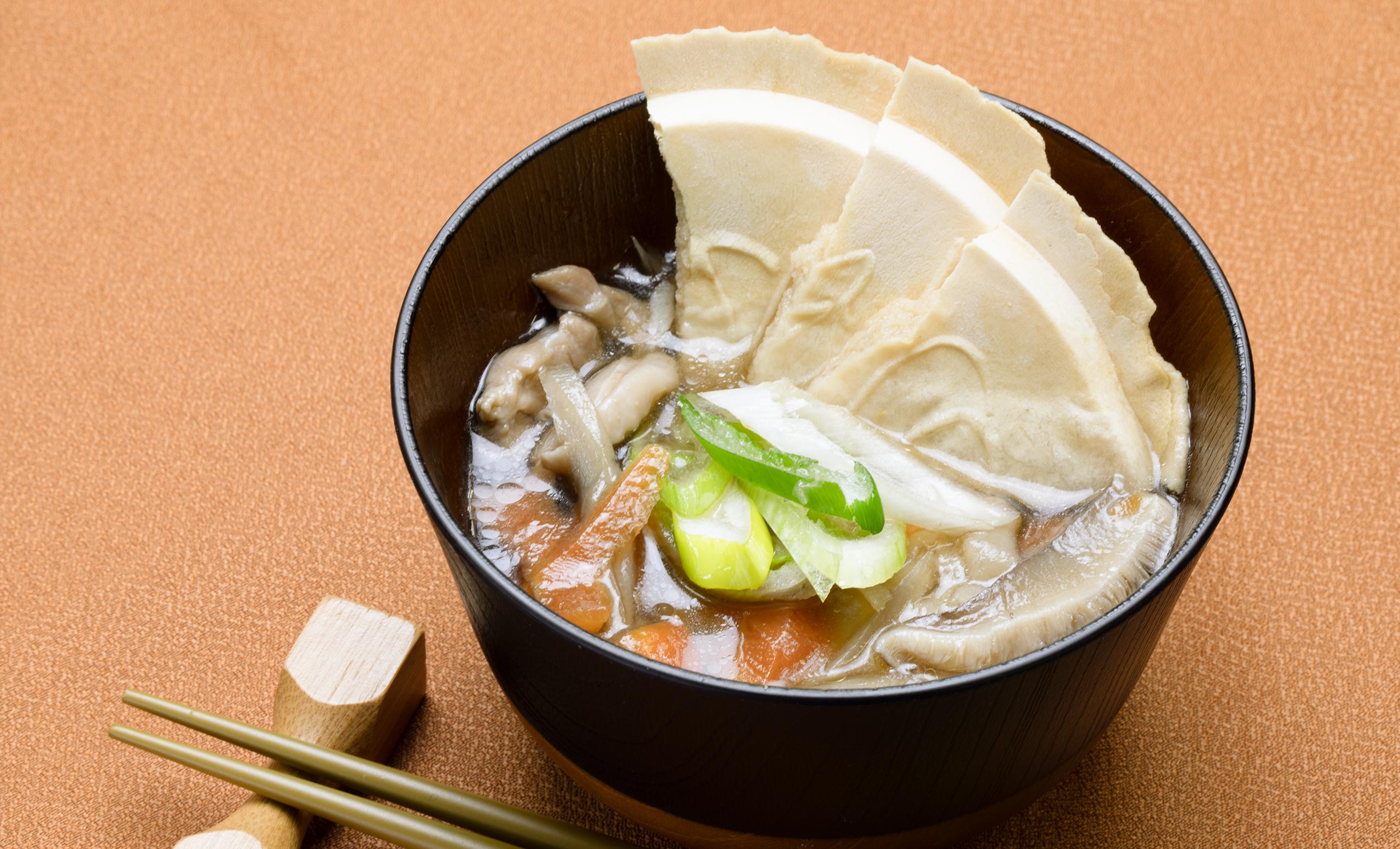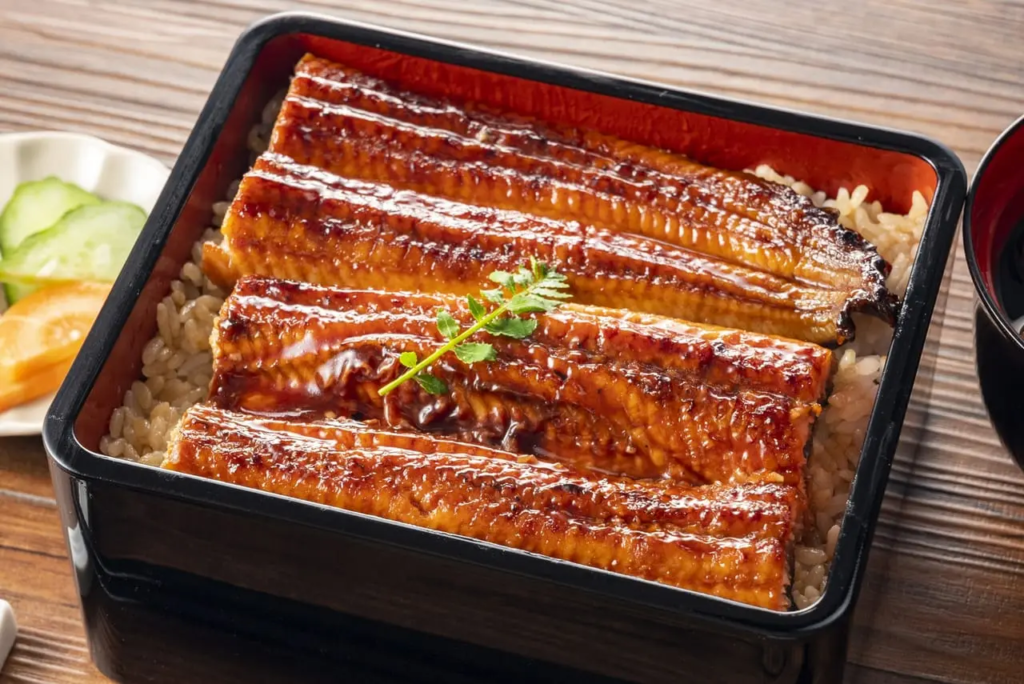
Unaju — or unajyu — is a delicious Japanese dish consisting of grilled freshwater eel served on rice in a special food box called a “jubako” (重箱).
It is one of the oldest dishes in Japan, and also one of the most popular things to eat in summertime.
Read on to learn more interesting facts about unaju (うな重), including:
- Unagi vs Unaju
- Unadon vs Unaju
- Different styles (Kanto vs Kansai vs Nagoya)
- Interesting history of eel in Japan
- Unaju recipes
- and more…
Let’s get started!
What is Unaju (うな重)?
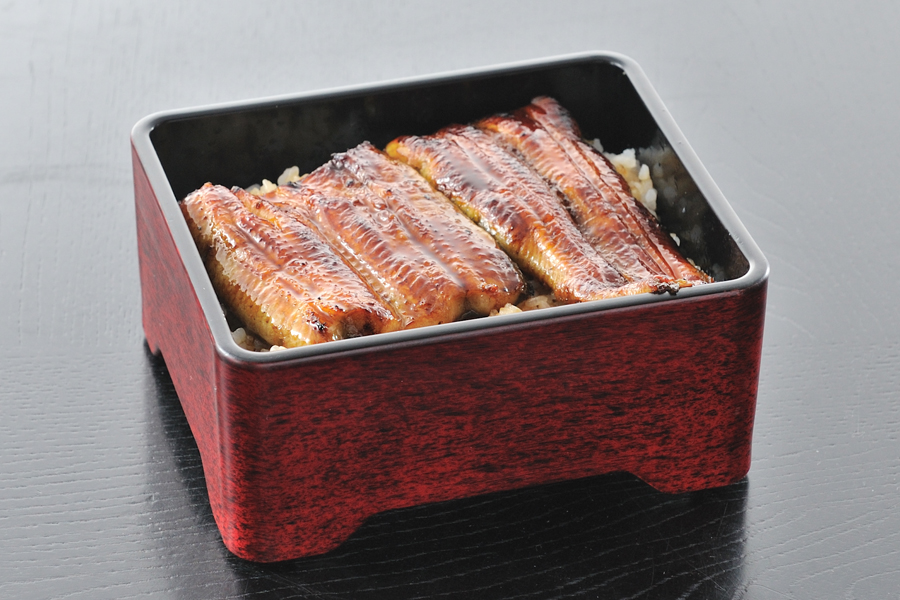
The name unaju is a combination of the words unagi (うなぎ), and jubako (重箱). Unaju is actually an abbreviation of the full name unagi-ju.
Unagi (鰻)
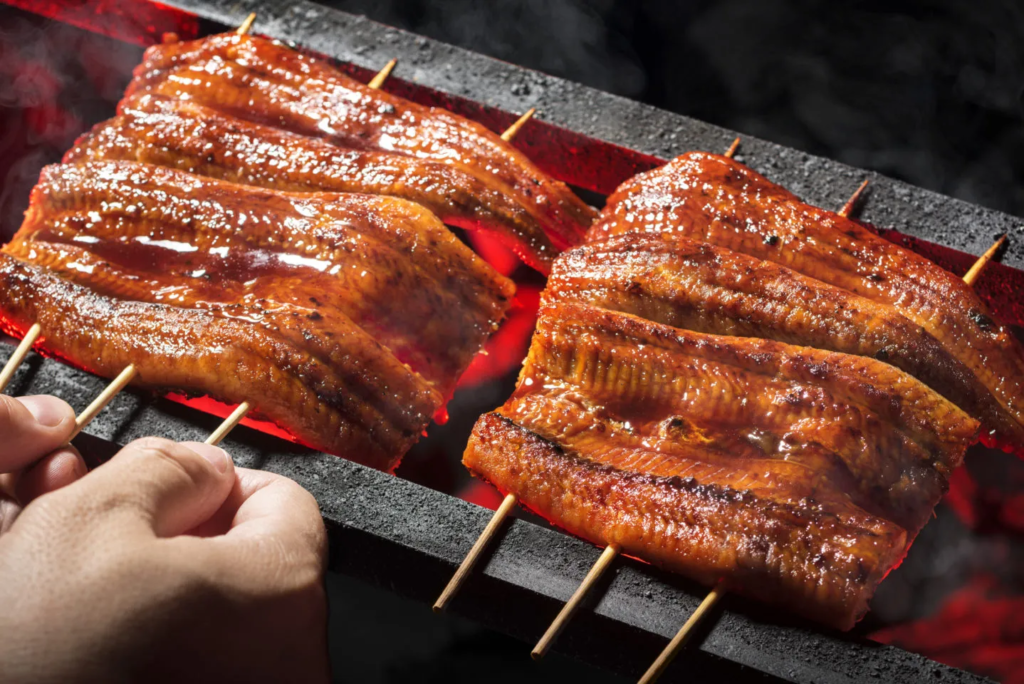
Unagi is Japanese freshwater eel.
The unagi used for unaju is cooked using the kabayaki method, which involves deboning, skewering, then grilling the eel over charcoal. The eel is then glazed with a sweet and savory sauce made mainly with soy sauce, and mirin. Kabayaki is the most common way to cook eel in Japan.
Jubako (重箱)
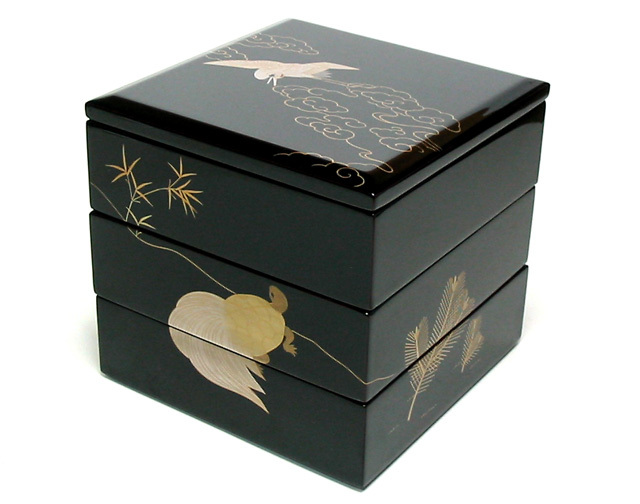
Jubako is a type of traditional food box/container that is stackable and comes with a lid. Jukabo are usually square or rectangular, but can be found in many shapes (circle, hexagonal, etc.). The containers are traditionally made of wood, and are considered a type of laquerware.
It is sort of like a bento box, but much fancier due to its laquer finish.
What is the difference between unagi and unaju?
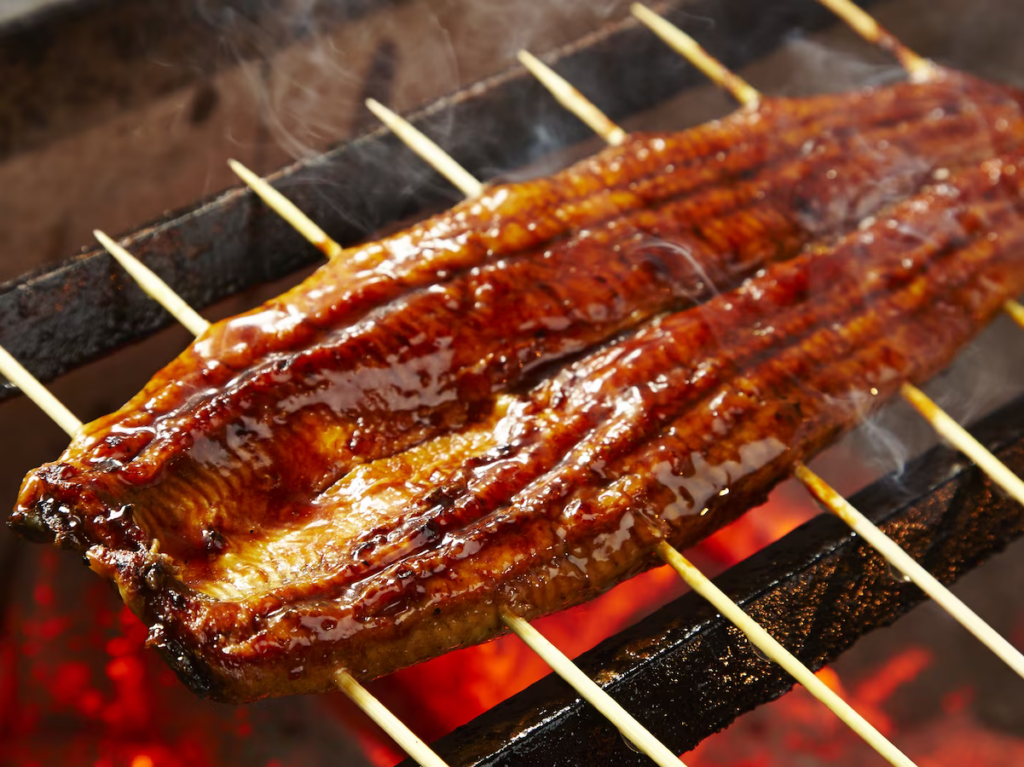
Unagi simply means freshwater eel in Japanese. Unaju is a dish made with unagi.
There are many types of eel/unagi dishes besides unaju. Some other popular types of unagi dishes include:
- Unagi-don (i.e. Eel rice Bowl)
- Shirayaki unagi (i.e. Eel grilled without sauce)
- Bokumeshi (i.e. Grilled eel mixed with rice and burdock root)
- Hitsumabushi (i.e. a Nagoya style eel dish)
- Unagi nigiri (i.e. Eel sushi)
- Unagi sashimi (i.e. Raw eel)
The most popular type of eel dish is unagi-don. Let’s see what the difference is:
What is the difference between unaju and unadon?
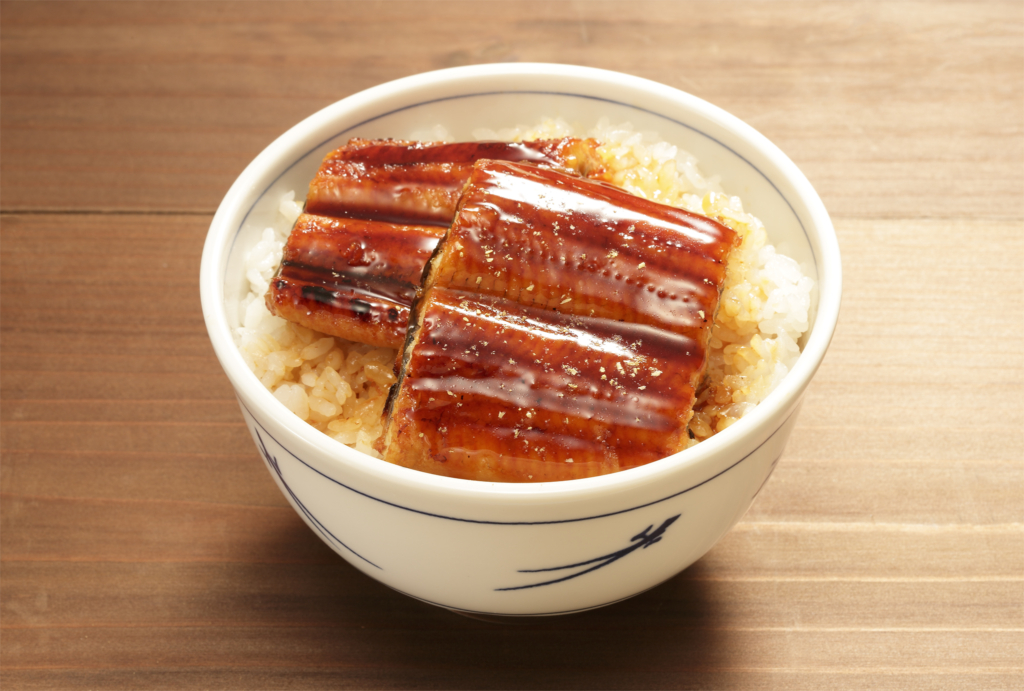
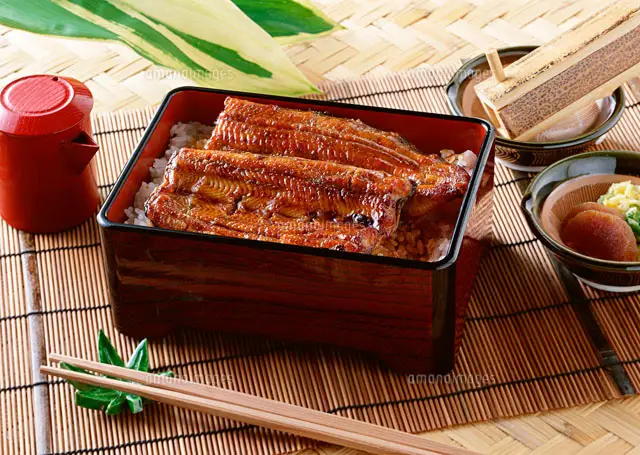
Unagi-don (or unadon for short) refers to grilled eel served over a bowl of rice. It is the most popular type of eel dish in Japan.
The name is a combination of the words unagi, and donburi (丼). Donburi is a type of dish where food is served over a bowl rice. For example, gyudon (beef rice bowl) is the most popular type of donburi.
The only real difference between unadon and unaju is the container it is served in.
Unadon is served in a bowl, while unaju is served in a jukabo (i.e. square box). That’s it!
The eel is cooked in the same way (kabayaki method).
For restaurants that sell both unadon and unaju, the unaju is typically larger (i.e. more eel and more rice). Unaju is also typically seen as a higher-end dish, so will be more expensive.
What is the difference between Hitsumabushi and unaju?
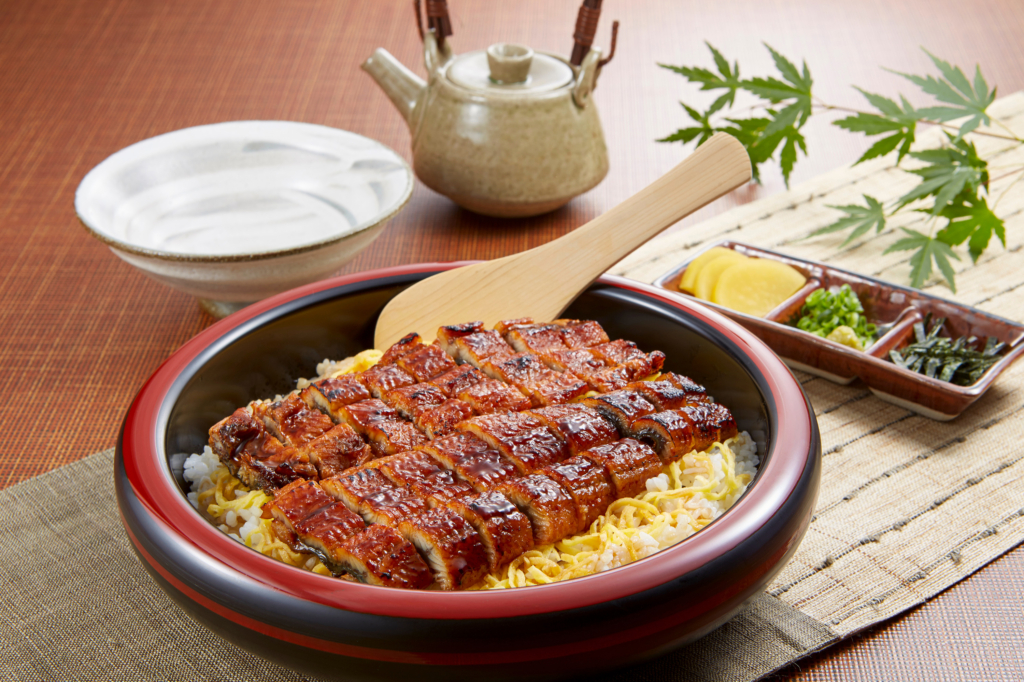
Hitsumabushi (ひつまぶし) is a famous eel dish from Nagoya.
Similar to unaju and unado, hitsumabushi mainly consists of grilled eel served on rice.
The difference is in the way it is served, and the way it is eaten.
How Hitsumabushi is Served
The eel in hitsumbashi is cut up into thin slices before it placed on top of rice. This is different from unaju or unadon where the the eel fillet is usually just cut into halves, or very large pieces.
Hitsumabushi is traditionally served alongside seaweed, green onions, wasabi, dashi broth, and tea.
How Hitsumabushi is Eaten
You can eat hitsumabushi however you want, but there is actually a “proper” or traditional way to do it. There are five steps:
- Divide the rice into four equal parts
- Put 1/4 of the rice into a bowl and eat it as normal (i.e. like unaju or unadon)
- For the next 1/4 of rice, mix in the provided condiments (green onions, wasabi, seaweed) and eat it
- For the next 1/4 of rice, pour in the dashi stock or tea, and eat it (this style is called ochazuke).
- For the last 1/4 of rice, choose your favorite of the above three methods
Interesting!
Unaju / Unadon styles: Kanto vs Kansai
Depending on where you are in Japan, the eel is prepared slightly differently. Here are two main types:
Kanto style
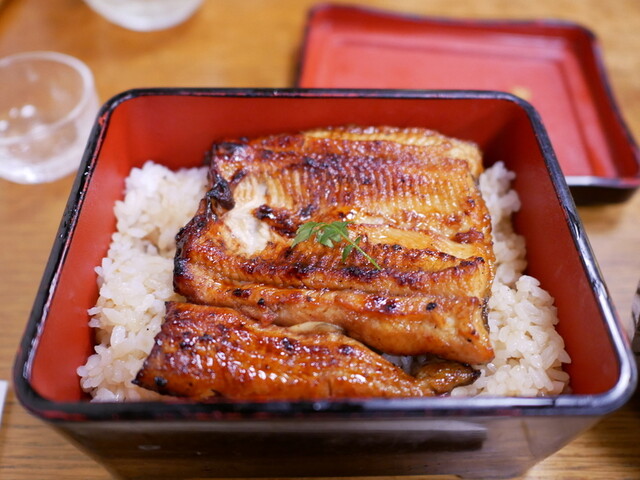
In Kanto region (i.e. Tokyo area, East Japan), the eel is steamed after being grilled. This gives the eel a softer, fluffier texture.
Kansai style
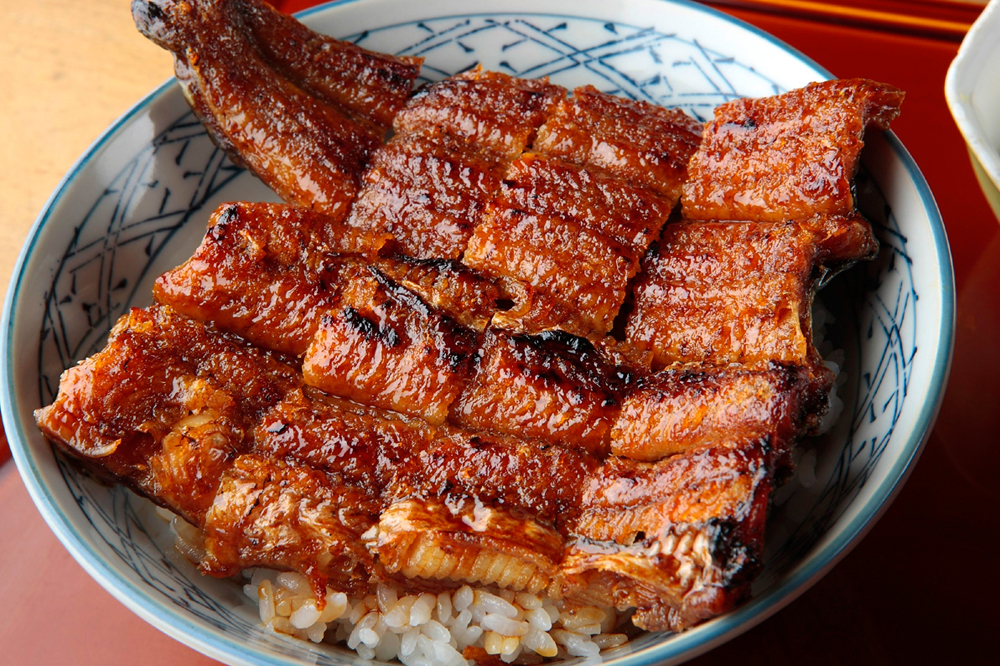
In Kansai (i.e. Osaka and West Japan), the eel is simply grilled. It has a crispier texture compared to Kanto-style.
Origin of Unaju
Unaju is said to have originated in the Meiji-era (1868-1912)1https://topics.tbs.co.jp/article/detail/?id=2942. At the time, eel and unagi-don was already quite popular.
Someone started serving unagi in jukabo as a way to keep the food warm while bringing it to customers.
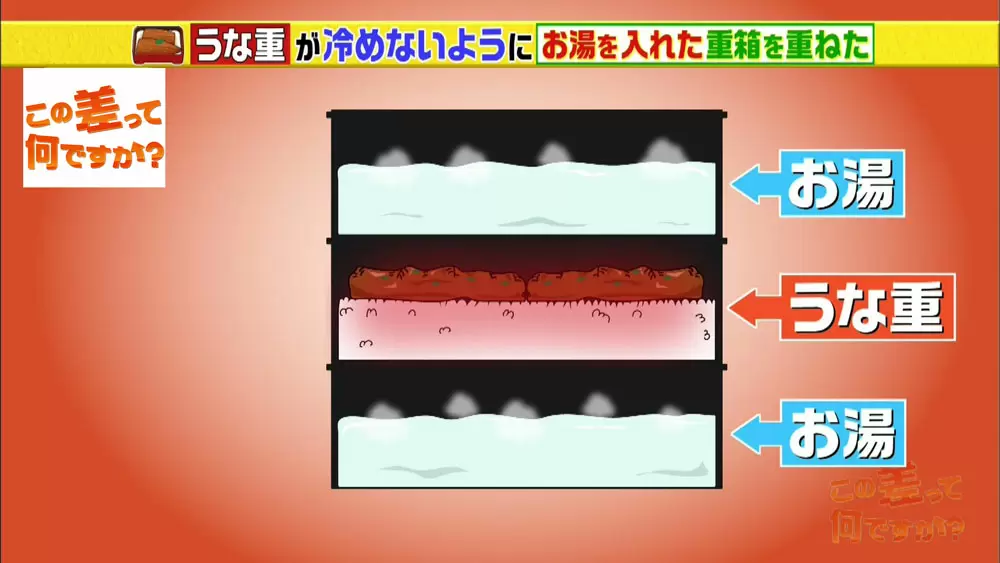
Three boxes were used. The top and bottom box were filled with hot water, while the middle box had the eel/rice in it.
It became popular as customers also liked the more luxurious appearance of the jukabo. As a result, restaurants also began serving eel with rice in jukabo to dine-in customers.
Eating Eel in the Summer (Day of the Ox)
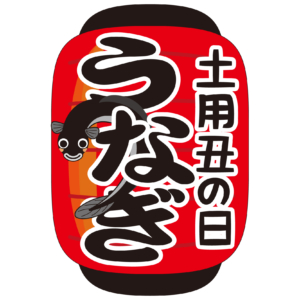
In Japan, it is most popular to eat eel in the middle of summertime, especially on “Midsummer Day of the Ox” (doyō no ushi no hi 土用の丑の日).
What does eel have to do with ox? Why do people want to eat hot food during the hottest time of the year?
These are the thoughts that crossed my mind when I first learned about this unique custom. Well, here’s why:
Long ago, it was believed that foods starting with the “u” sound help protect your body and relieve exhaustion from the summer heat. A scholar by the name of Hiraga Gennai recommended an eel restaurant owner to use this belief as a way to sell more eel during the hot summer months.
The promotion was a huge success, and people today continue this strange tradition of eating eel in the middle of summer.
The “Ox” part comes from the old calendar which used the 12 zodiac animals as a way to count days.
Nippon.com has a much more in depth explanation if you’re interested.
Some other foods with “u” sound include udon and umeboshi (Japanese pickled plum).
How to make Unaju
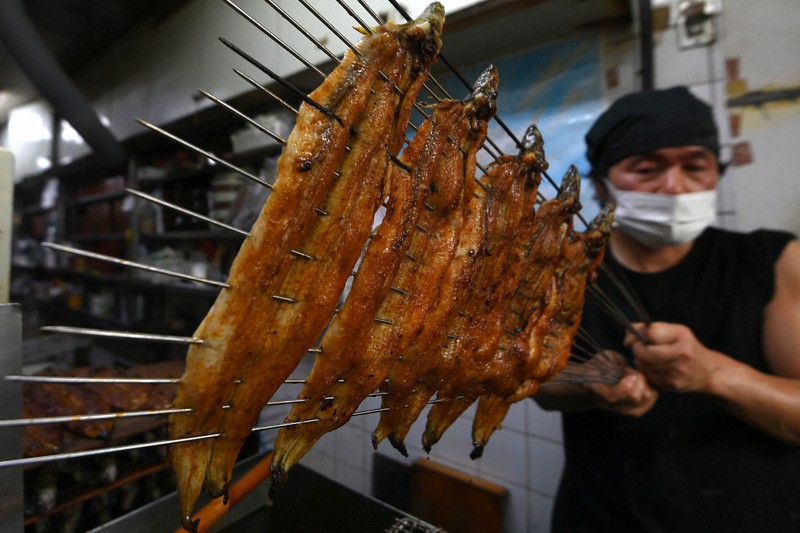
Unaju is a simple dish. All you need is kabayaki eel, rice, and thick teriyaki sauce.
If you need to prepare the eel from scratch though (i.e. fillet, debone, skewer, grill, etc.), then it quite difficult. Professionals in Japan take years to master making kabayaki unagi.
In fact, there is a saying in Japanese for learning to make kabayaki:
Skewering for three years, splitting for eight years, grilling for life 「串打ち三年、割き八年、焼き一生」
Basically, it means it takes a lifetime to master the skill of kabayaki.
Most people in Japan will simply buy pre-packaged kabayaki unagi from their local store. Then, it’s just a matter of preparing the sauce, cooking rice, and plating everything nicely.
If you’re not in Japan though, then the hardest part is actually finding kabayaki unagi, as well as buying a jubako box (to be super authentic).
Where to buy kabayaki unagi
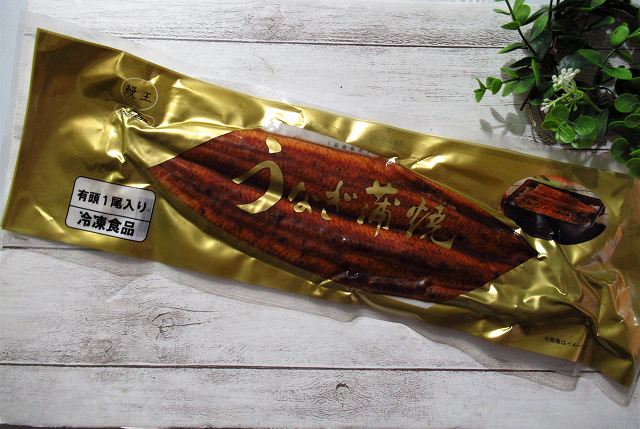
You can try to go to your local Asian or Japanese supermarket.
If you don’t have one, then you can also order from Amazon (though it’s quite expensive). Here are a couple links (affiliate):
Where to buy jubako
Here are a couple jubako options on Amazon:
- Cheap version (plastic): JapanBargain Jubako Box – $32
- Authentic version (laquered pine/bamboo): Miyabi Jubako Box – $106
Unaju Recipes
Here are a few good unadon recipes to follow. Simply use a jubako instead of a bowl, and you have authentic unaju 😛
- Unadon recipe by Just One Cookbook
- Unadon recipe by Chopstick Chronicles
- Unagi-don recipe by Sudachi Recipes
- Simple Unadon recipe by Kurashiru (Japanese)
Other Unaju / Unagi FAQ
Is Japanese unagi healthy?
Unagi by itself is quite healthy. It is high in protein, and contains many vitamins. In particular, it has high amounts of Vitamin A, Vitamin B (B1 / B2), as well as Vitamin E, and D. (Source)
Unagi also also contains a lot of fat and calories, so don’t eat TOO much.
When eating dishes like unaju or unadon, the main health drawbacks come from the sauce which is typically quite high in sugar and sodium.
Why is unagi so expensive?
Unagi is expensive in Japan mainly because of its very high demand. This is especially true for domestically produced unagi. Most unagi in Japan is actually from overseas.
Apparently, it is impossible to grow unagi from eggs, since unagi lays their eggs in the ocean, but grow up in freshwater. This adds a layer of complexity and cost to the final product.
Another added cost is the skill of the chef needed to prepare Japanese unagi dishes (mainly kabayaki style). Similar to master sushi chefs, skilled kabayaki chefs demand a high premium for their services.
(Source)
What is Japanese for saltwater eel?
Japanese saltwater eel is called anago (あなご). Anago is also a popular ingredient used in many Japanese dishes. It is a cheaper ingredient than unagi.
Anago has less fat than unagi, but is also less nutritious. Due to the lower fat content, anago is also less “rich” tasting than unagi.
What do you think of unaju?
Unaju / unadon is one of my all time favorite dishes in Japan.
The sweet and savory sauce, combined with the slightly crispy, but melt-in-your-mouth unagi is just the perfect combination 🤤.
It is very difficult to find good unaju / unadon outside of Japan.
Have you ever tried unaju / unadon or any other eel dishes before?
What did you think?
Let me know in the comments below!
Subscribe for free today! Receive cool recipes, my latest Japanese knife picks and learn about Japanese culture. Delivered every other week to your inbox.
